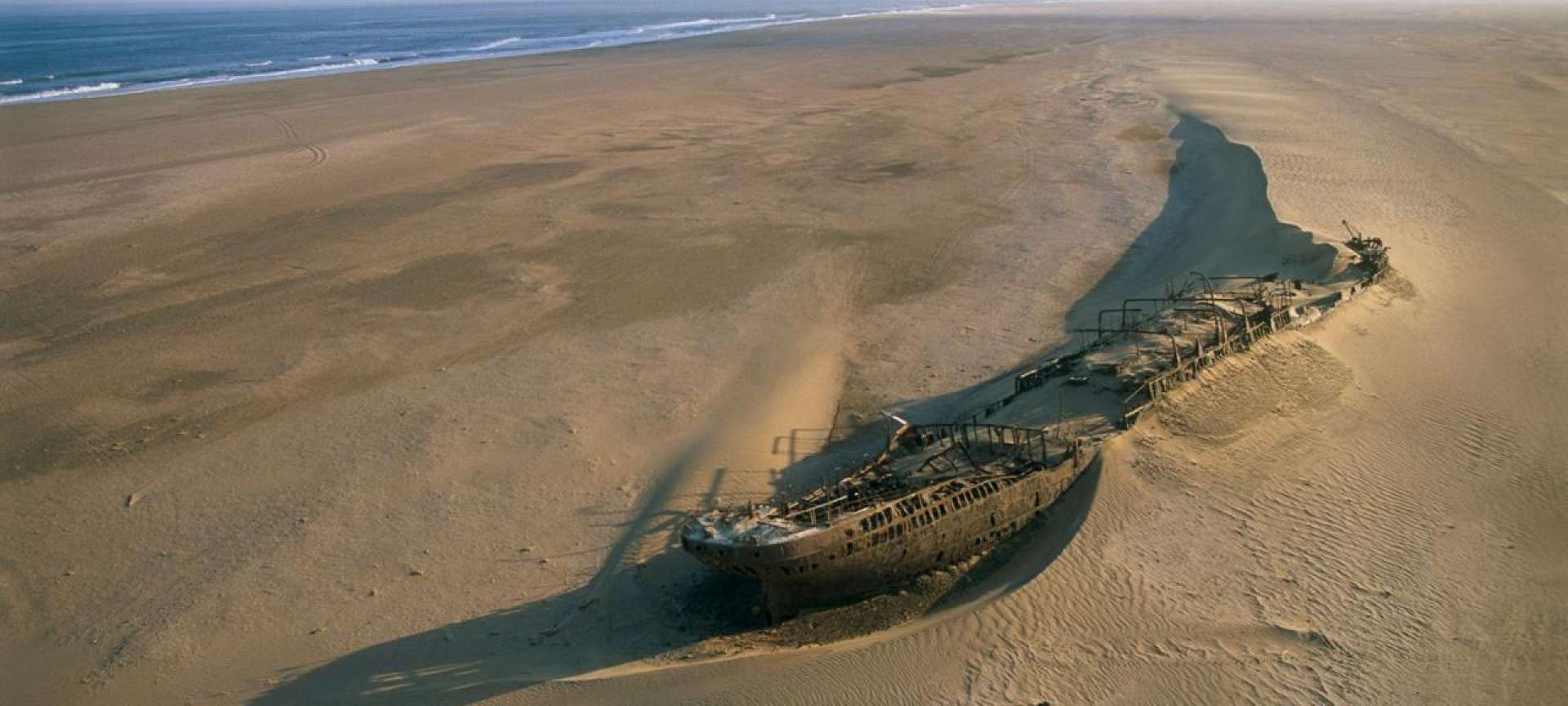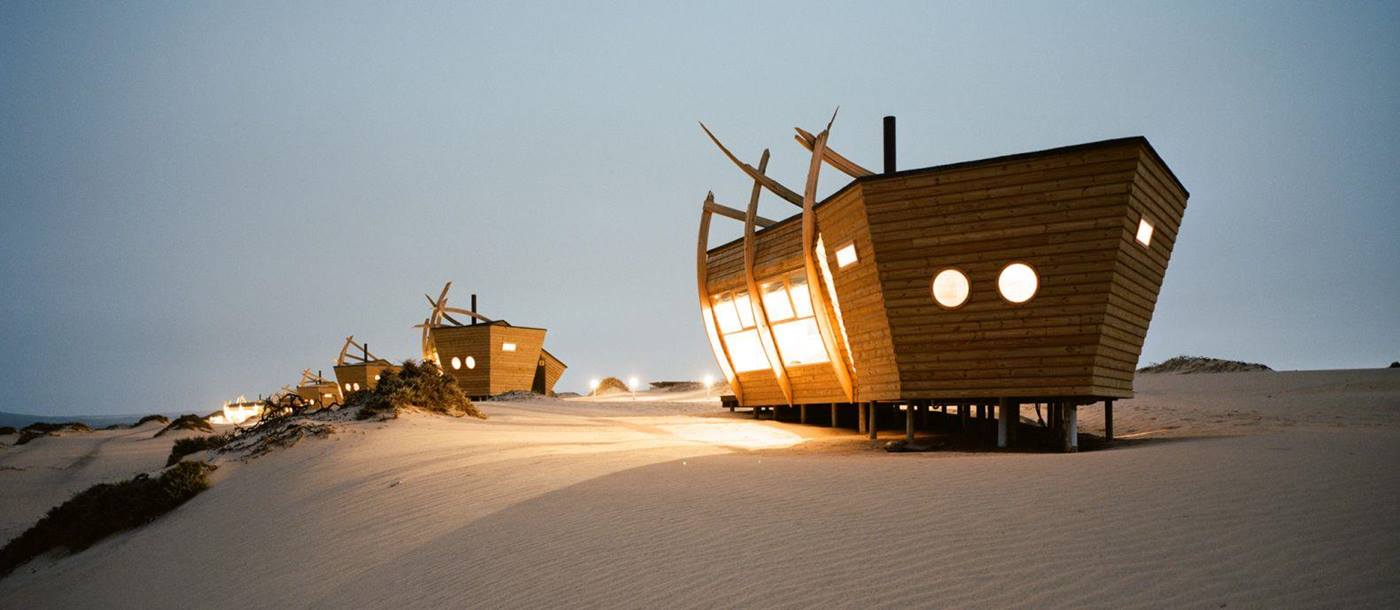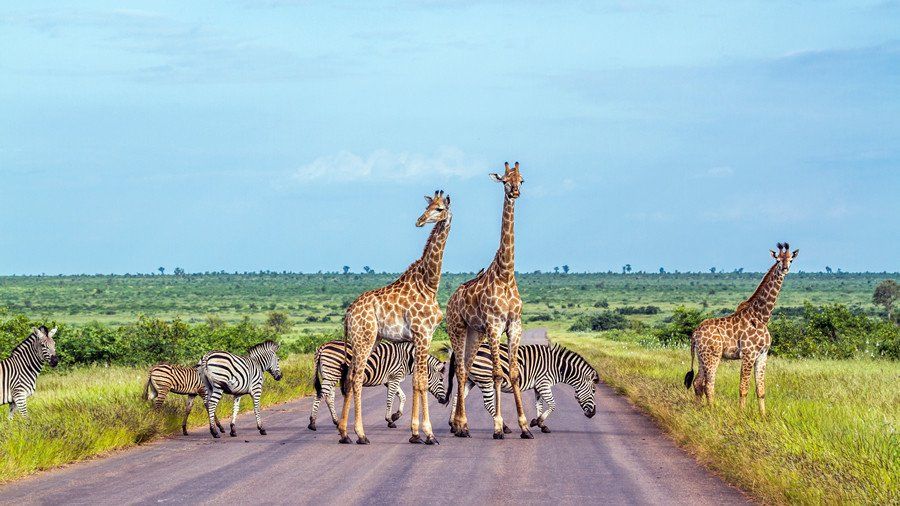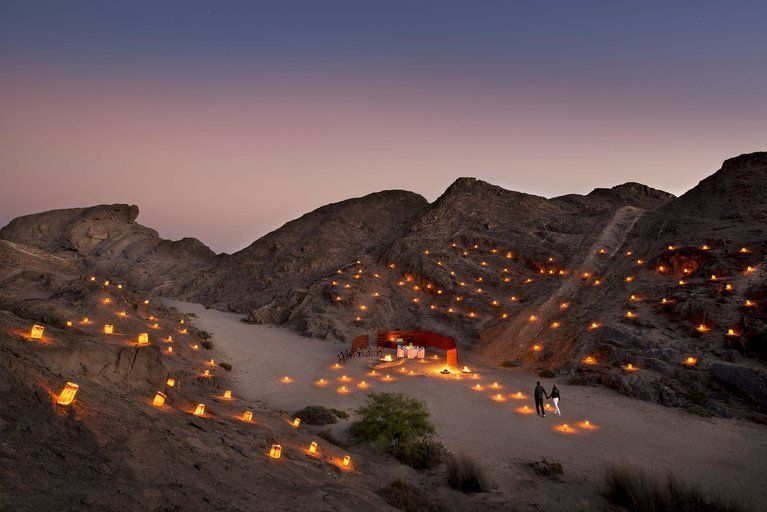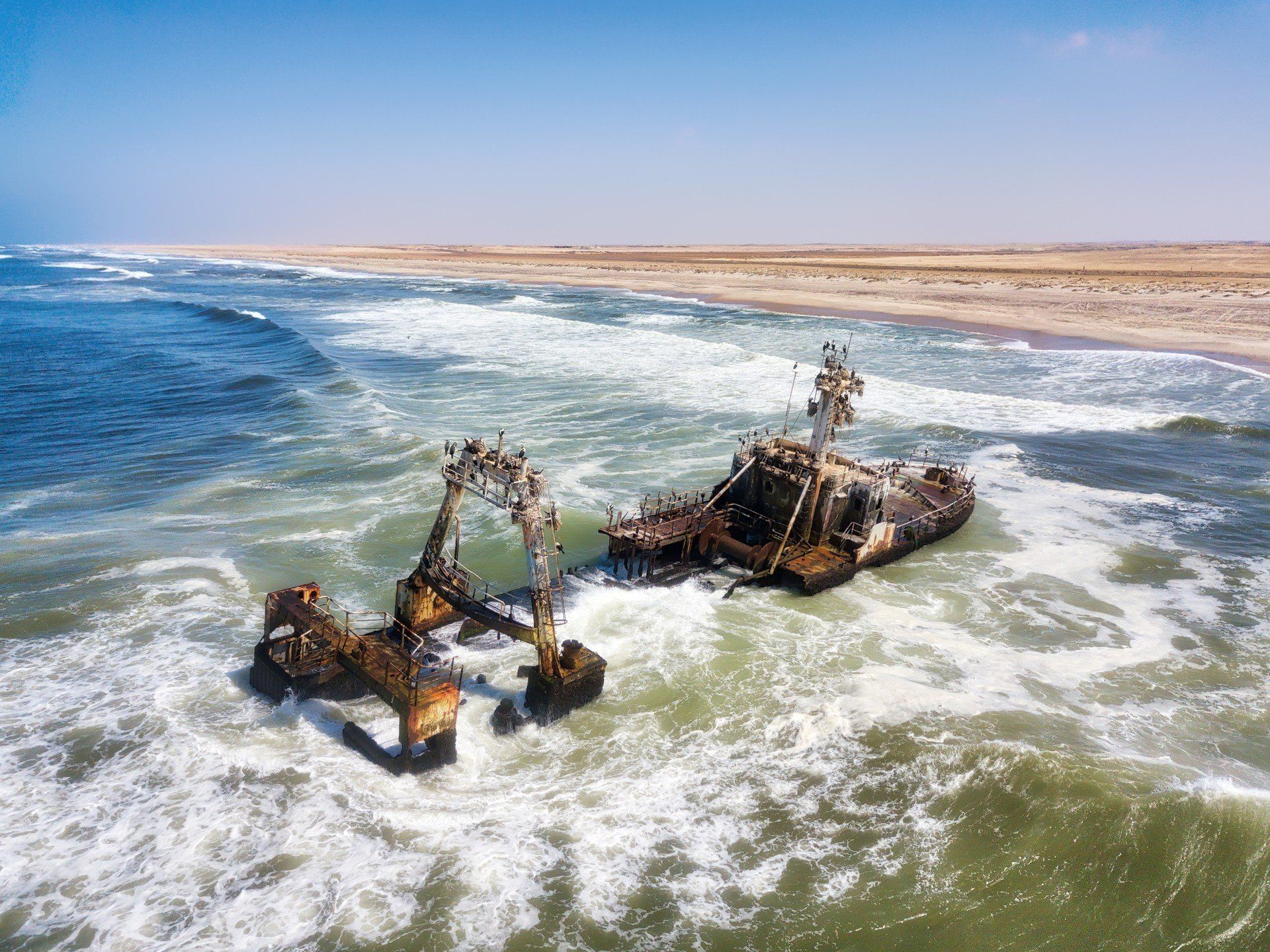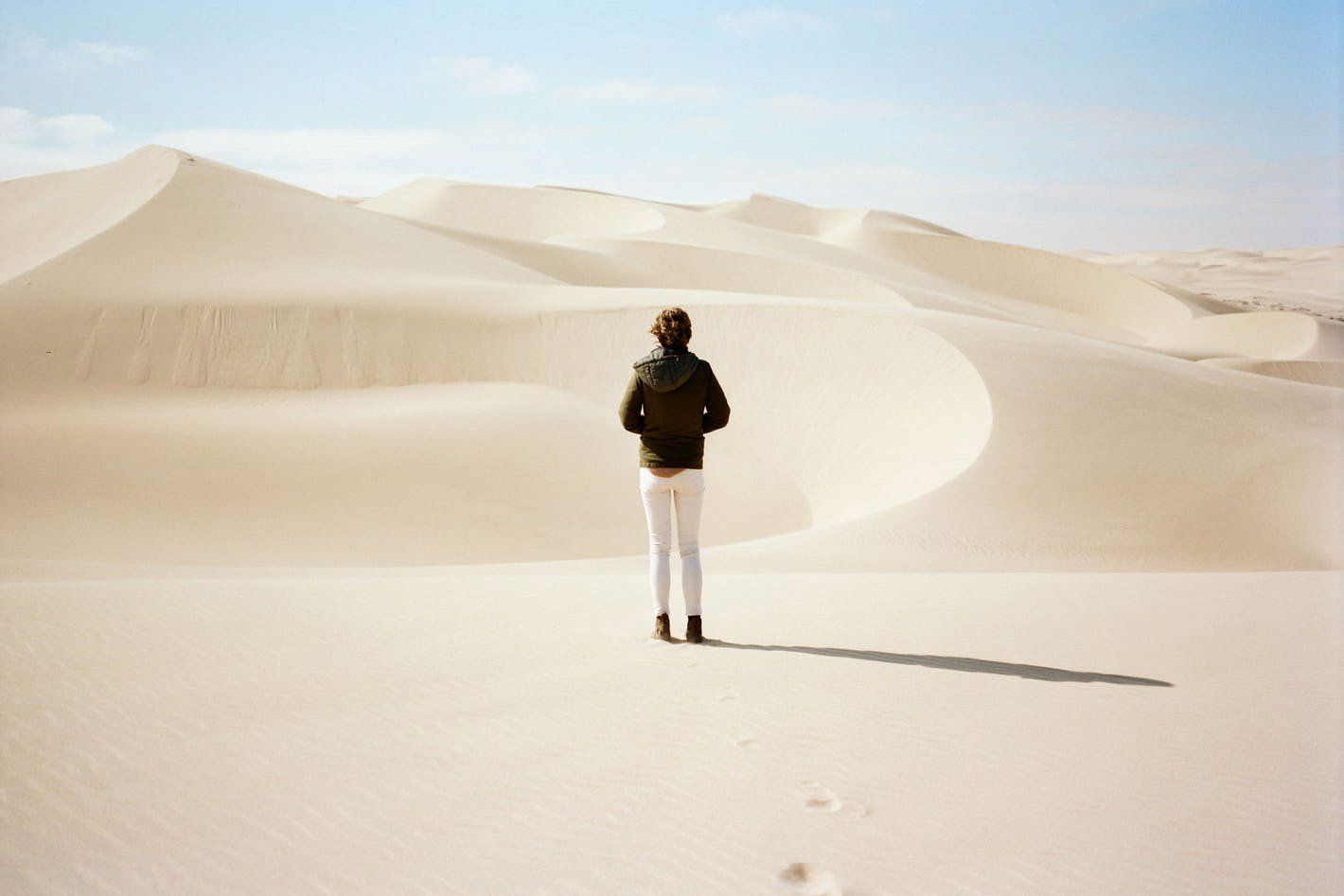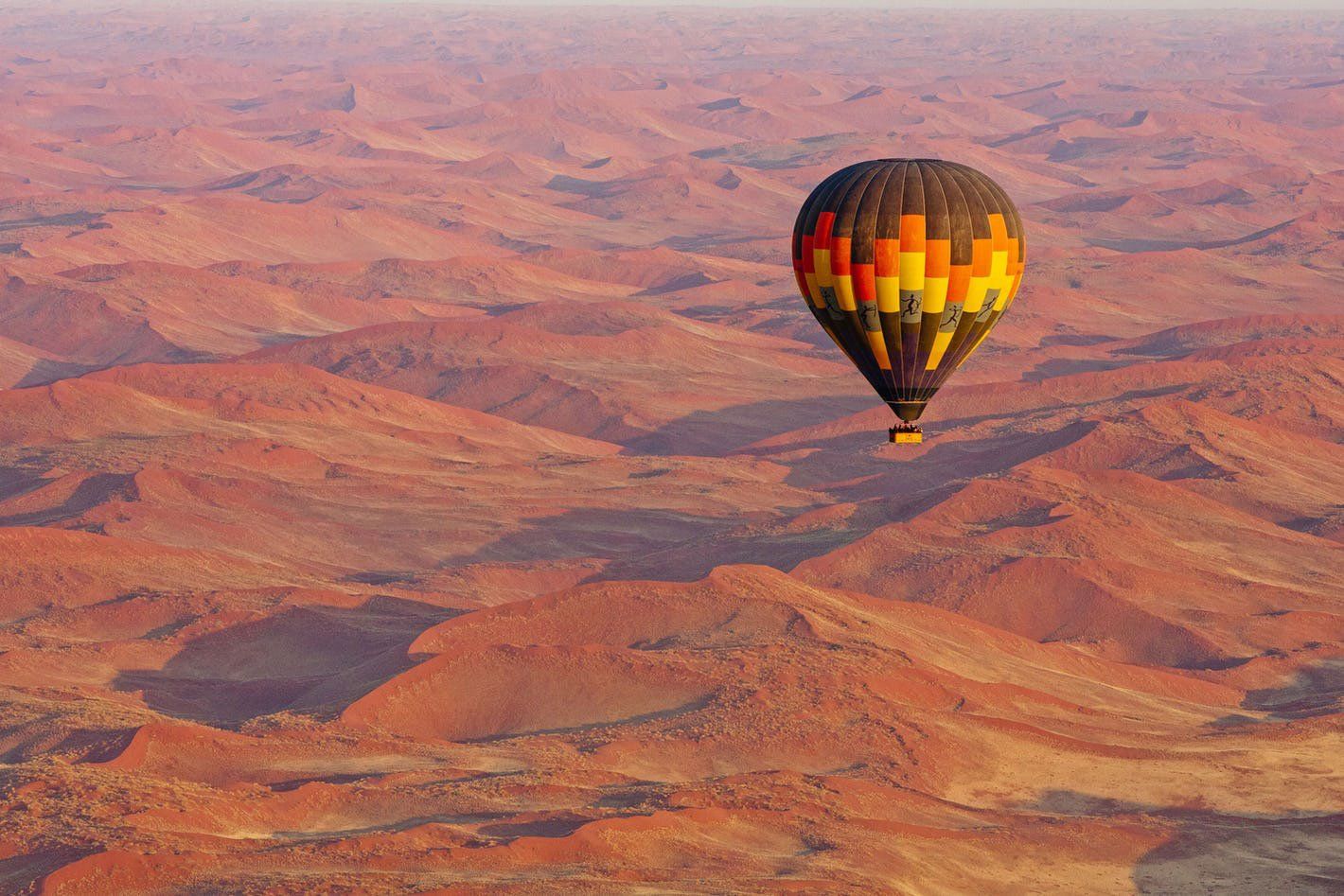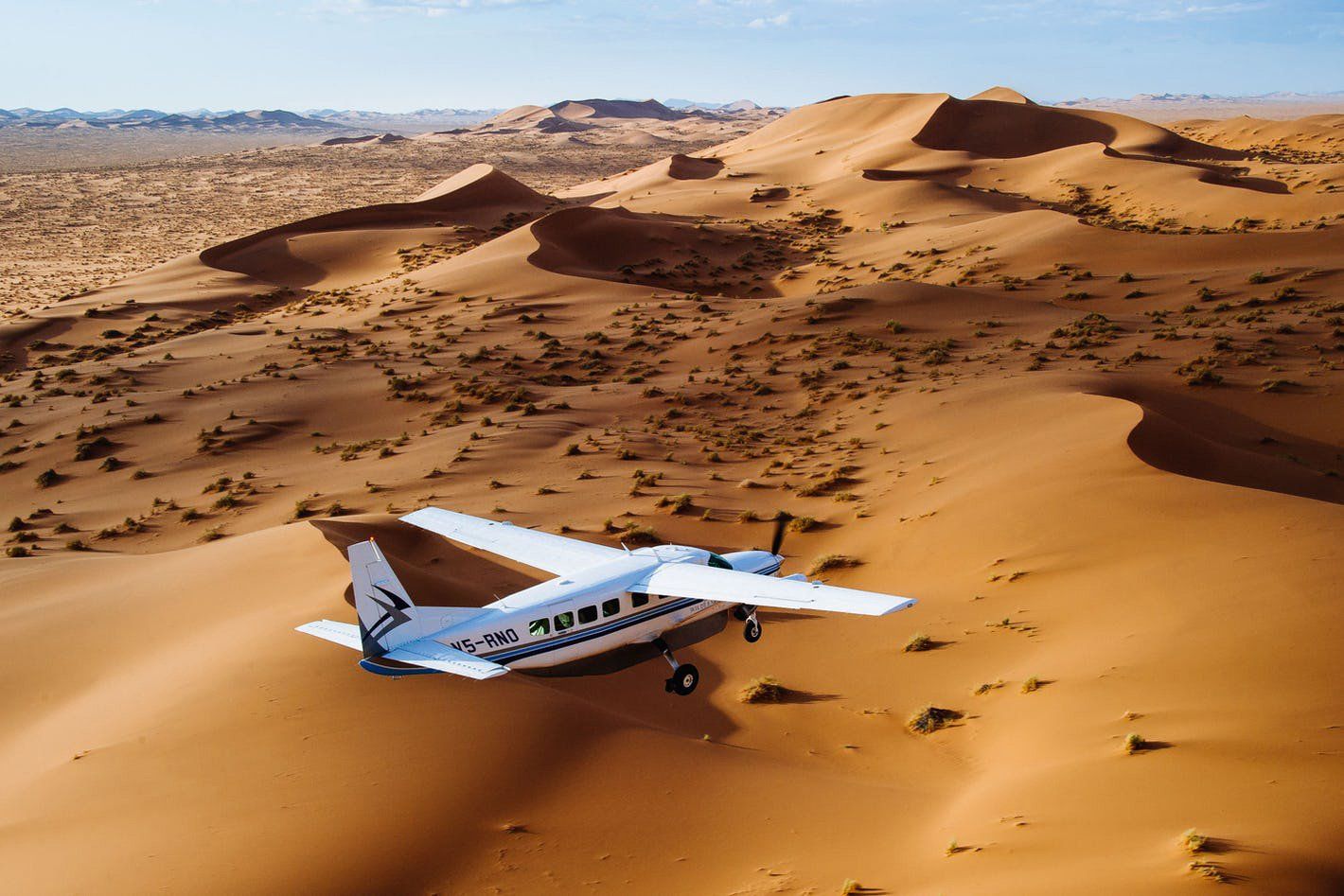Like with the rest of Namibia, the Skeleton Coast is a great all-round destination and there really are no “bad” months. That said, each season brings its unique advantages and disadvantages, and we definitely have a favourite time when to visit the Skeleton Coast.
Spring (September-November) and Autumn ( April – May): Our favourite time to visit the Skeleton Coast is during spring when the days are warmer, the evenings less chilly and the frequent spells of fog dissipate. Daytime temperatures climb to about 30°C / 85°F.
While this is not a definite science, November is usually the month where seals give birth. A few days after giving birth the mother has to return to the sea to feed. During this time the youngsters are very vulnerable and are hunted by jackals and hyenas and even lions in search of an easy meal. Although this can be a bloody spectacle, it is all part of the circle of life, and seeing the prowling predators is very memorable.
Winter (June to September): Our second favourite time to visit the Skeleton Coast is during winter, especially when combining this region with other parts of Namibia or a safari in Etosha. Chilly nights are offset by beautiful sunny days that push the mercury as high as 30°C / 85°F. Rain is very rare during this time, but the Skeleton Coast is often covered in thick fog during winter when warm wind from the desert meets the frigid waters of the Atlantic. This fog is both a blessing and a curse – a blessing for the little critters and plants that call the desert home who gratefully receive the life-giving moisture, and a curse for visitors who often can’t see a few metres ahead of them. Still, for us the fog just add to the surreal appeal of the Skeleton Coast, and the region is definitely worth a visit during winter.
Summer(December to March). Although summer is technically the Skeleton Coast’s rainy season, precipation is preciously rare. We are talking about one of the driest places in the world afterall. Due to its true desert conditions, the heat can soar to temperatures up to and beyond 45 °C /113°F. If you do decide to traverse the Skeleton Coast during your self-drive, make sure to stock up on enough water for emergencies. Also start with a full tank of petrol. You can spend days without encountering another human being, so running out of gas is the last thing you want to happen. One advantage of summer is that days are less likely to be foggy, but temperatures can change rapidly and cold snaps are not uncommon, so layered clothing is recommended.




